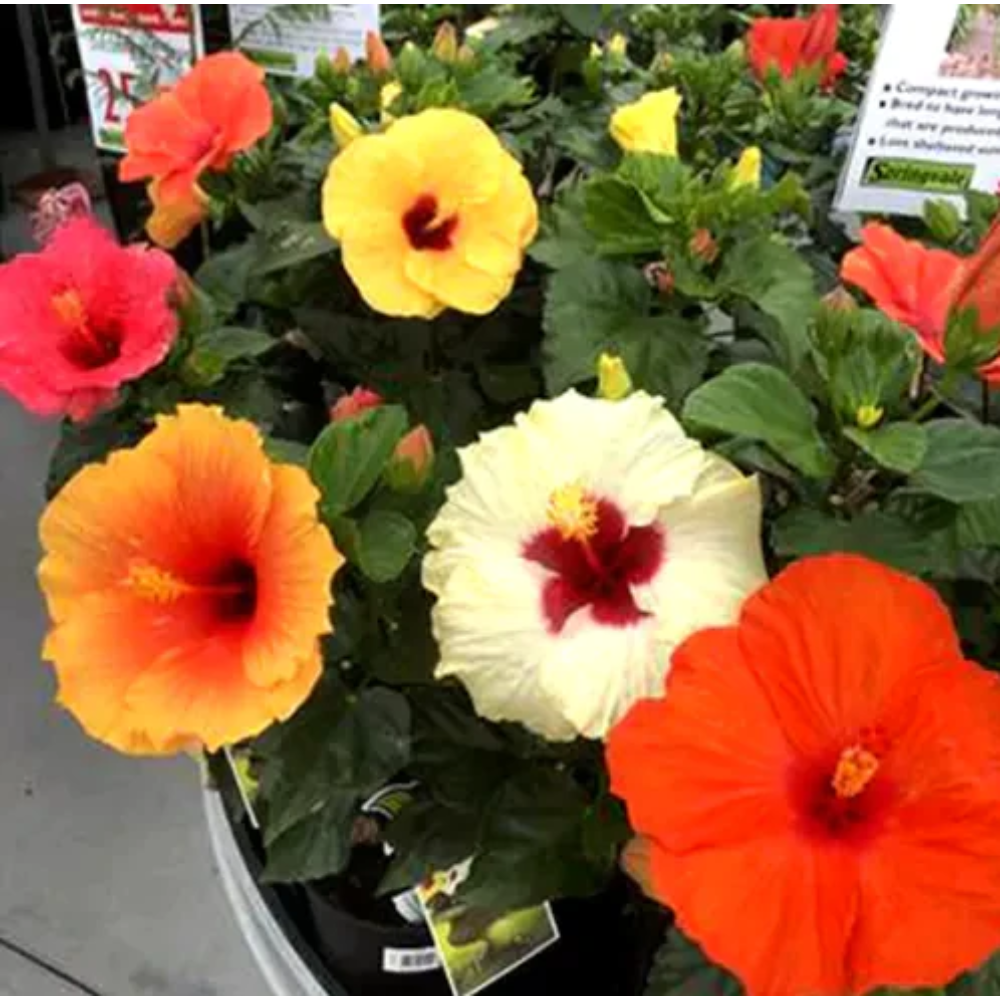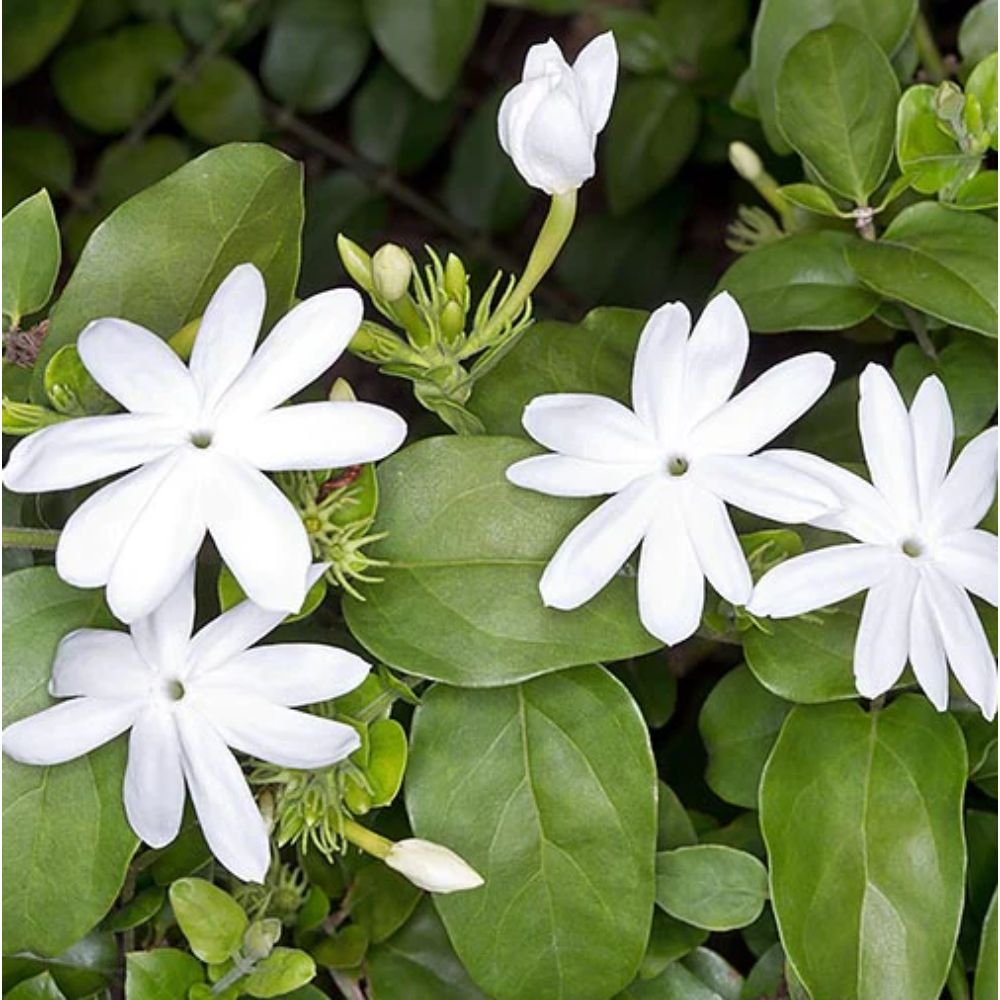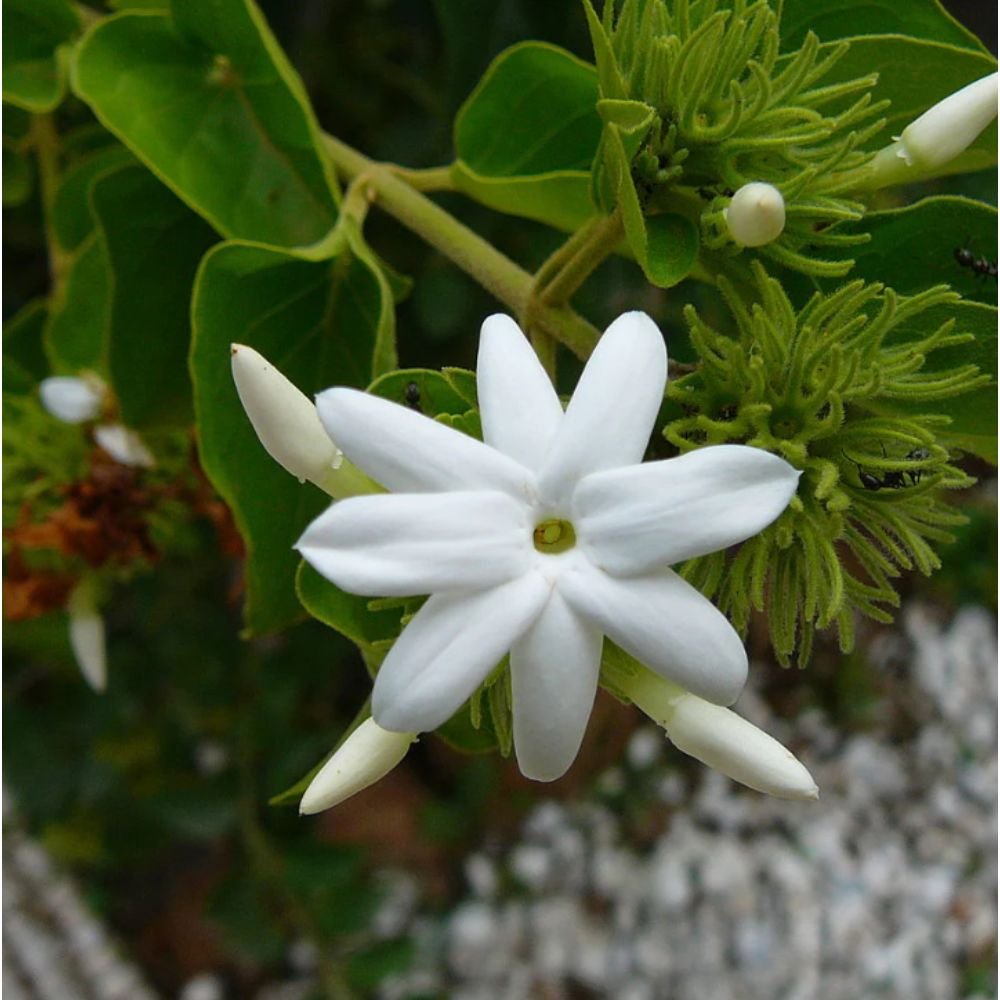Description
Camelia Flower Plant is a genus of flowering plants in the family Theaceae. They are found in eastern and southern Asia, from the Himalayas east to Japan and Indonesia. There are 100–300 described species, with some controversy over the exact number. There are also around 3,000 hybrids.
The White Color Camellia Flower Plant, typically a variety of Camellia japonica, is renowned for its elegant white blooms that enhance garden aesthetics with their simple yet profound beauty. Here are the details regarding the optimal growing conditions, temperature preferences, flowering times, and care specifics for white camellias:
Growing Conditions for Camelia Flower Plant
- Soil: Camellias require acidic, well-drained soil rich in organic matter. A pH between 5.5 and 6.5 is ideal. They benefit from soil amendments such as compost or peat moss to improve soil structure and fertility.
- Light: While camellias can tolerate partial shade, they prefer dappled sunlight or light shade. Avoid direct afternoon sun in warmer climates to prevent leaf scorch. Morning sunlight with afternoon shade is often considered ideal.
- Watering: Consistent moisture is key for camellias, especially during dry periods. Water them deeply to encourage deep root growth but allow the soil to become slightly dry between waterings. Overwatering or poor drainage can lead to root rot.
Temperature Requirements
- Climate: Camellias are best suited for USDA hardiness zones 7 through 9. They thrive in temperate climates with mild winters and not overly hot summers.
- Temperature Range: The ideal temperature range for growing camellias is 60°F to 75°F (15°C to 24°C). They are sensitive to extreme temperatures, both hot and cold. Protect from frost to prevent damage to flowers and buds.
Flowering and Growth
- Flowering Time: White camellias typically bloom from late winter to early spring, depending on the climate and variety. Some camellias may start showing flowers as early as November in milder climates.
- Growth Rate: Camellias are slow-growing plants. They can take several years to reach mature size, which can be up to 6 to 12 feet tall and wide, depending on the cultivar and growing conditions.
Care and Maintenance
- Fertilization: Use a fertilizer formulated for acid-loving plants. Apply after blooming ends to avoid burning the roots and to support next season’s bud formation.
- Pruning: Prune white camellias after they finish blooming to shape the plant or to remove any dead or overcrowded branches. This helps maintain plant health and promotes vigorous growth.
- Pest and Disease Management: Keep an eye out for pests like aphids, scale, and spider mites. Camellias can also be susceptible to fungal diseases such as root rot and camellia petal blight. Proper air circulation and avoiding overhead watering can help prevent these issues.
- Mulching: Apply a layer of organic mulch around the base of the plant to help retain soil moisture, suppress weeds, and protect the roots from temperature extremes.
Special Notes
- Bloom Care: To ensure that the white flowers of your camellia remain vibrant and clear, gently clean them of any dirt or debris and protect from dust.
- Sun Protection: In hot climates, protect camellias from intense midday sun to prevent burn on delicate blooms and foliage.
White camellias add a touch of sophistication to any landscape, providing year-round interest with their evergreen foliage and stunning floral display in the cooler months. With proper care and suitable conditions, they can be a long-lasting, rewarding addition to your garden.









Reviews
There are no reviews yet.